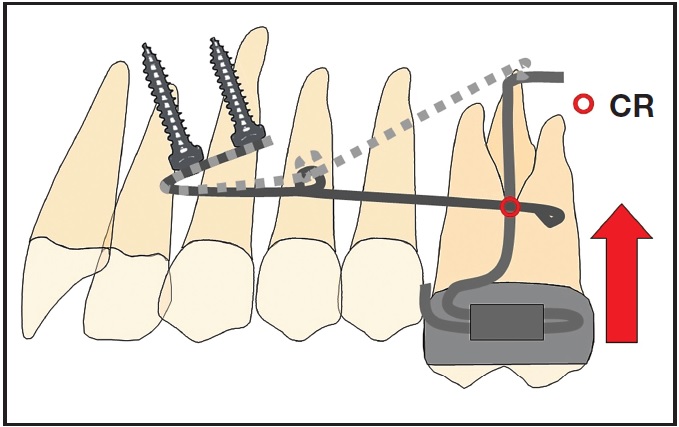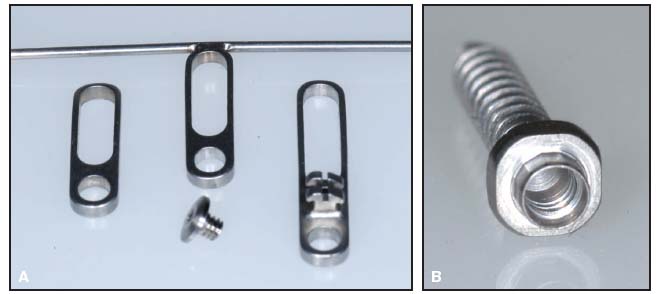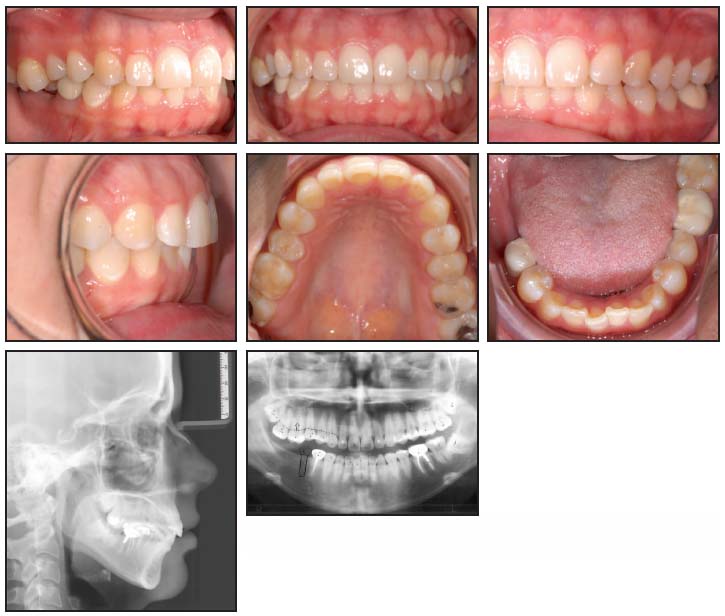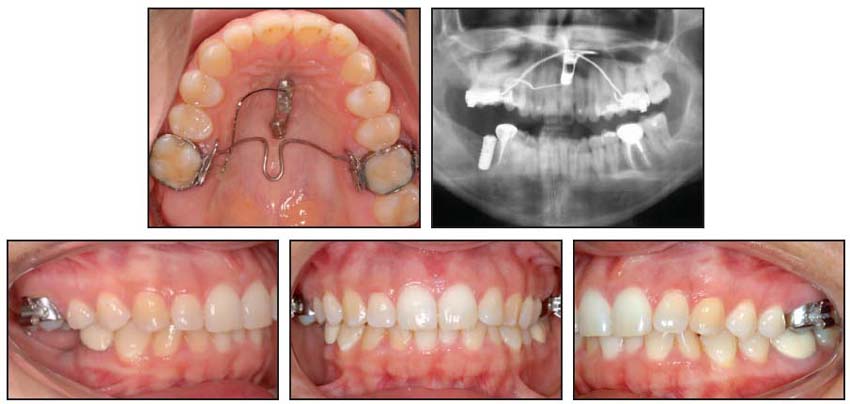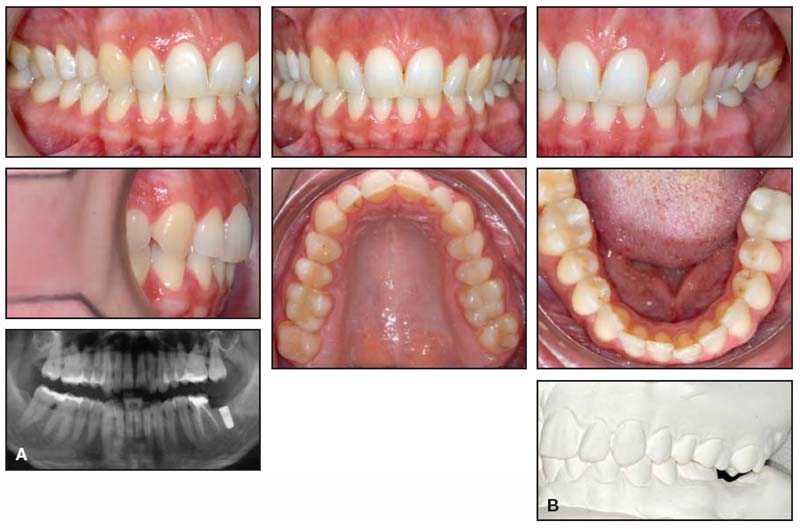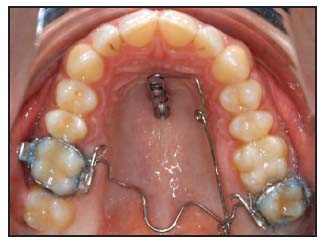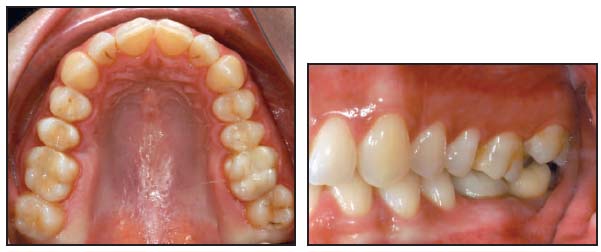THE EDITOR'S CORNER
Is There an "Art" of Japanese Orthodontic Practice Management
Is There an ''Art'' of Japanese Orthodontic Practice Management?
In common with a great many other people, I have done a considerable amount of reading about what has come to be known as the art of Japanese management. The success that Japanese companies have had--especially in automobiles, steel, cameras and electronic equipment, and now in computers--has led to a search for the reasons for that success. When I was a boy, "made in Japan" was a symbol for flimsy material and shoddy workmanship. Today, "made in Japan" is a sign of the highest quality in materials and workmanship. A country whose industry lay in shambles at the end of World War II has built an industrial complex that is challenging for world leadership. Japanese companies are not only noted for their quality but also for their productivity, at a time when a decline in both is impeding the progress of Western companies.
Many writers have sought a laundry list of tactics of Japanese managers that could be applied to the management of a Western company to achieve success equal to that of Japanese companies. Accordingly, we have had great emphasis on lifetime employment, lack of specialization, collective decision making, quality circles, bottom-up management, and flextime. These are the buzz words of Japanese management.
I was interested to know whether the elements of Japanese management that have been ascribed to industry were also used in the management of orthodontic practices in Japan, and I made a trip to Japan to find out. My observation with regard to Japanese business and industry is that the popular view available to Americans of generalized participative management has been overstated. It seems to be more a case of cooperative effort. Japanese management appears to be a marriage of Eastern culture and management principles developed in the West and found in the writings of Peter Drucker, Douglas McGregor, and Frederick Herzberg. The cultural element is a combination of a willingness to work hard and long, a meticulous attention to detail, acceptance of responsibility, and a respect for the person, property, and feelings of others. This has led to a mutual respect, trust, confidence, and understanding in which the employer respects and trusts his employees, and the employees respect and trust the employer. Each will carryout his commitment to the other, and everyone assumes that this will be so. The result is a team dedicated to the success of the company and to the quality of its product. Management and labor are on the same team and work together for the common good. While employees participate in maintenance and improvement of the quality of the product or service, there is not a lot of participative management, and most managerial decisions are "top-down", not "bottom-up".
My conclusion about the management of orthodontic practices in Japan, after visiting several orthodontists and interviewing them at some length and after having social contact with a couple of dozen more, is that in orthodontic practices much of the management is implied and does not need to be explicit, because of the cultural overlay. There are explicit policies and work rules, which are established by law, not by the individual practitioner. The technical assistants are trained in schools and arrive at their employment knowing what they will earn and what the conditions of employment are. Almost all orthodontic office employees are women, and they will usually be leaving employment following marriage. So, while there is job security, there is no concept of lifetime employment, at least for most women. While many offices rotate their employees in the various jobs, to assure competent coverage if an employee is absent, rotation is not usually a continuing process. There is no evidence in orthodontic offices of collective decision making, quality circles, bottom-up management, or flextime.
Since young respect old and old respect young, the people respect doctors and doctors respect people, and children respect parents and parents respect children, orthodontists are not dealing with frequent problems of non-cooperation in wearing appliances, keeping appointments, oral hygiene, and payment. It is extremely rare for treatment to be terminated for non-cooperation, and almost unheard of for treatment to be terminated for non-payment. Most cooperation problems are solved by avoiding them. Patients who do not want treatment are not encouraged to have treatment.
In the management of Japanese orthodontic practices, there is no evidence that practice objectives are set, practice budgets prepared, patient feedback surveys conducted, or private consultants used. There are some efforts to monitor practice activity, but no in-depth analyses. No computers are yet in use for management purposes. There is very little evidence of active practice building by orthodontists among dentists or patients. They believe that the basis for practice building is good human relations between doctor and staff. This creates an improved quality of office environment, which contributes to better quality treatment and improved referrals.
Japanese orthodontists view orthodontic practice in the United States as a mirror of the future of orthodontic practice in Japan. They are already observing similarities in many of the uncontrollable economic variables that affect orthodontic practice. The number of Japanese orthodontists is increasing. There has been a decline in the birth rate and a decline in the number of children in Japan, which is likely to continue indefinitely. There has been an increase in the number of non-orthodontists doing orthodontics. Operational costs are increasing and, while inflation has been at a relatively low level, inflation is an additional economic consideration.
With all this in mind, Japanese orthodontists are coming to a realization that the same kind of attention that has been given to technical achievement must now also be given to administrative management and business management of orthodontic practice.


